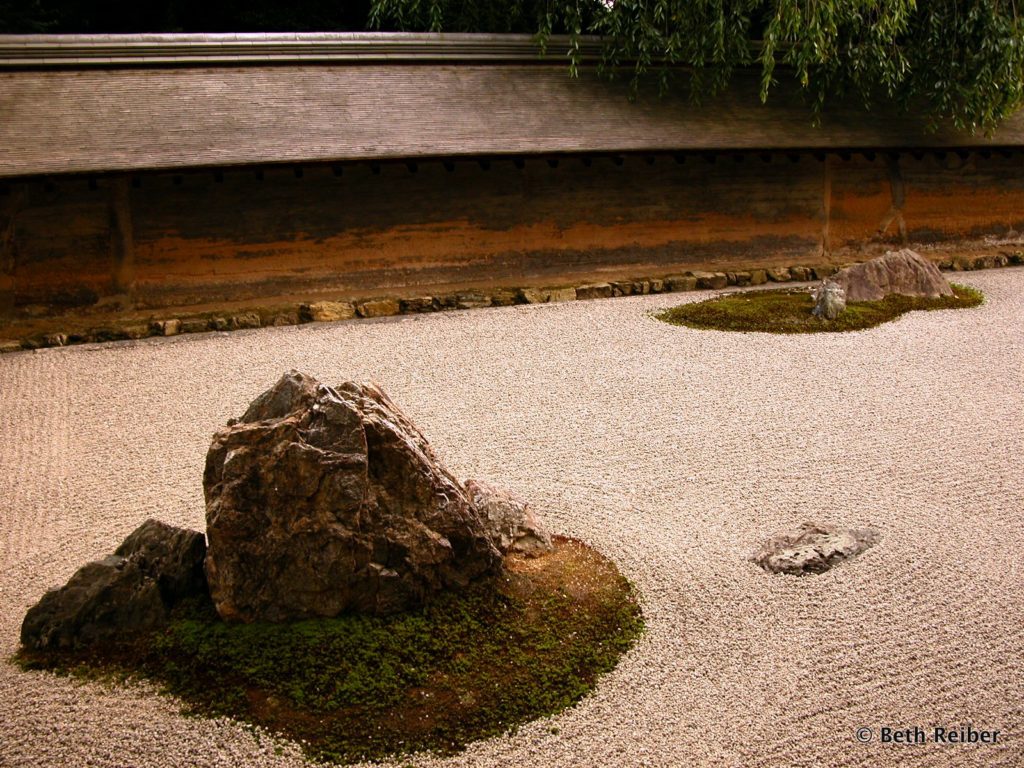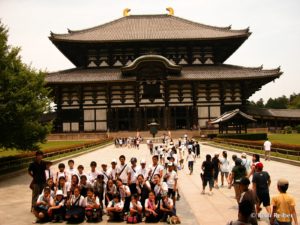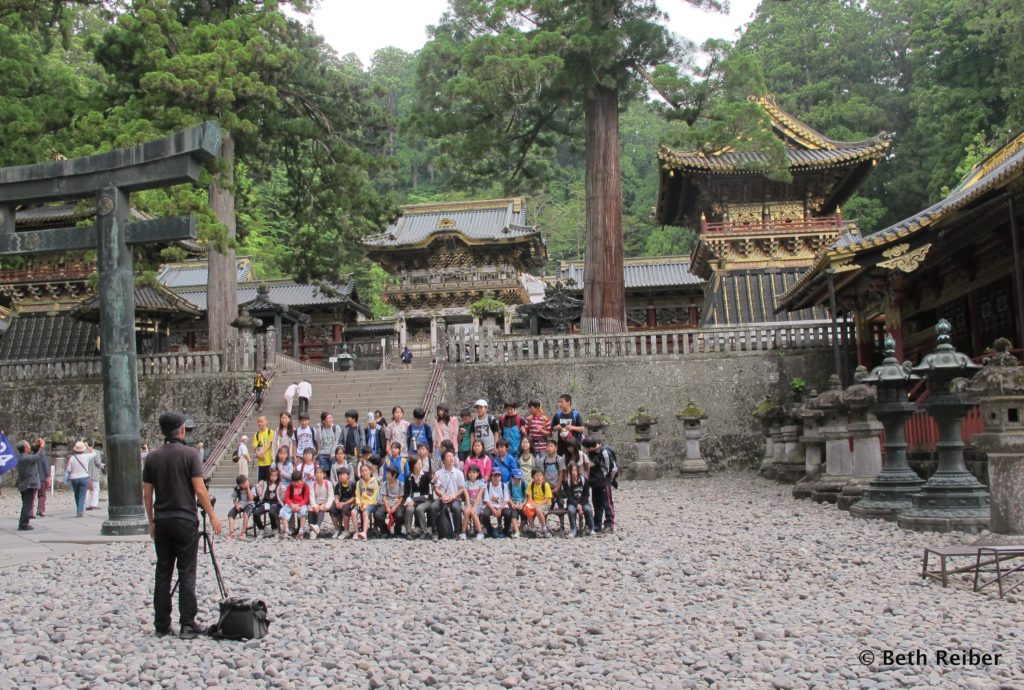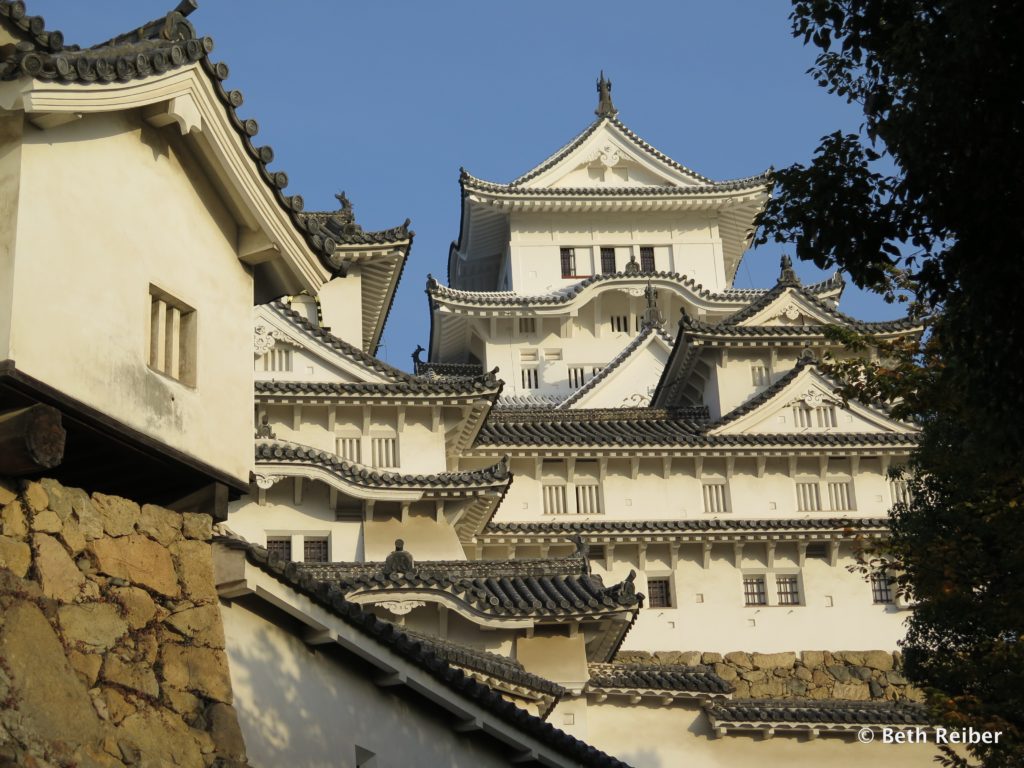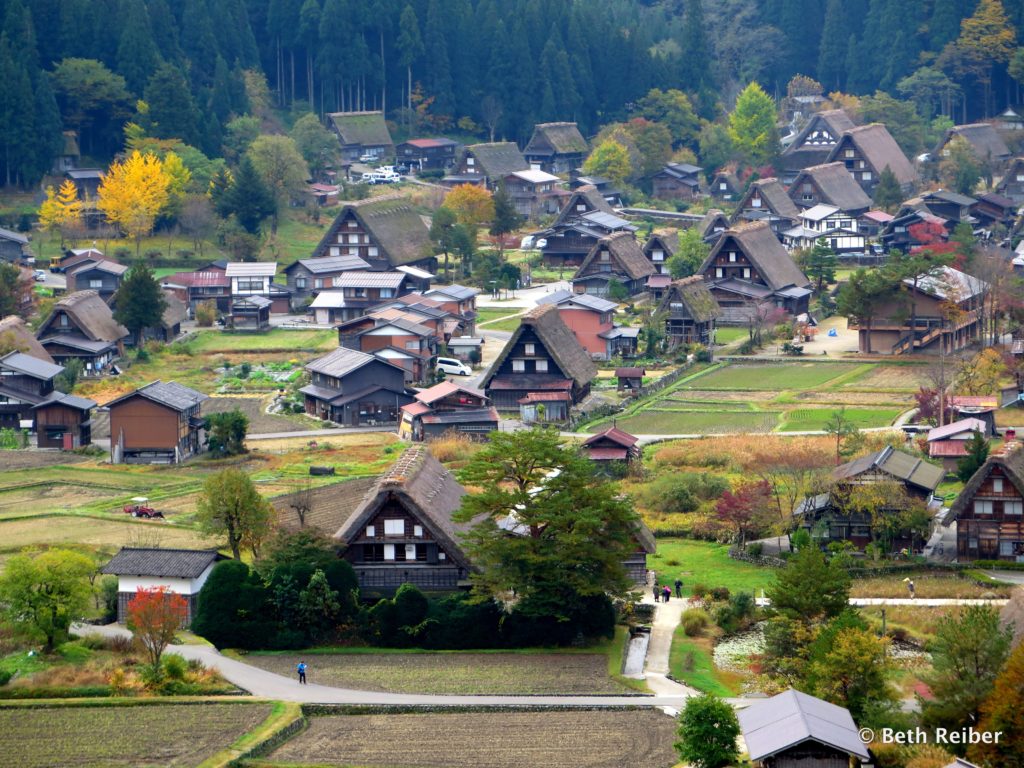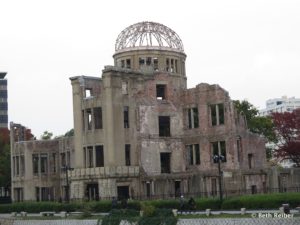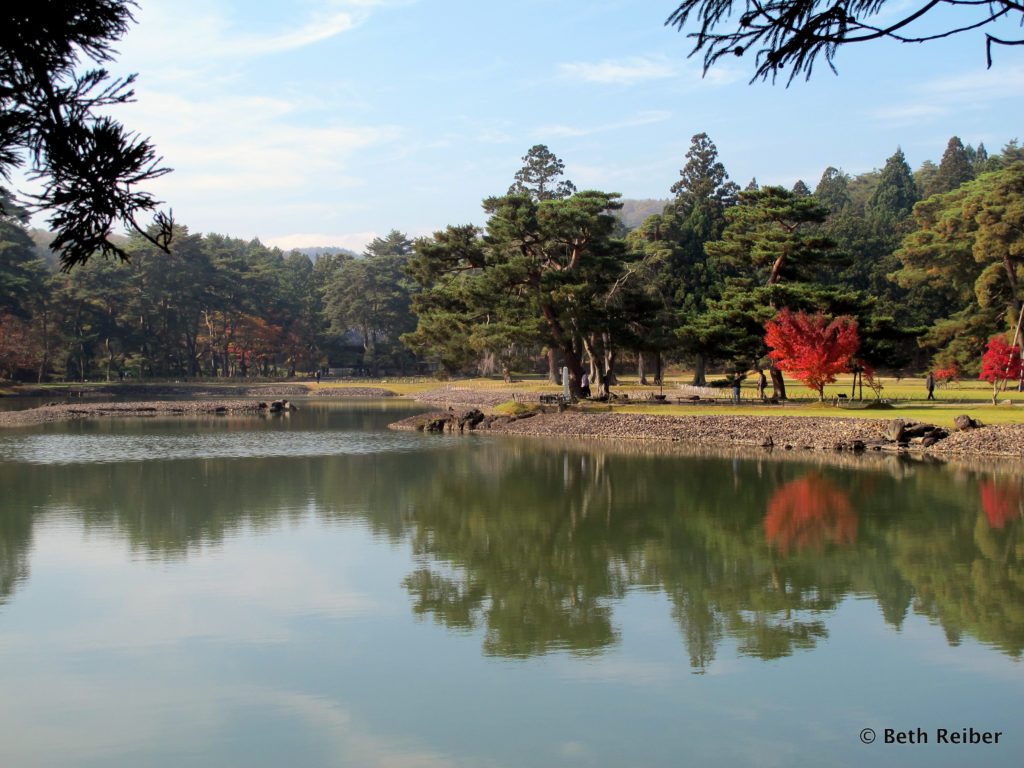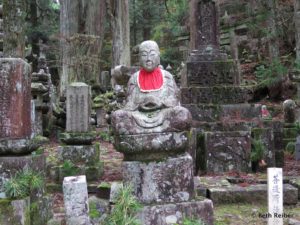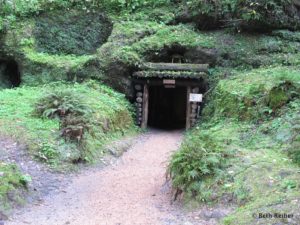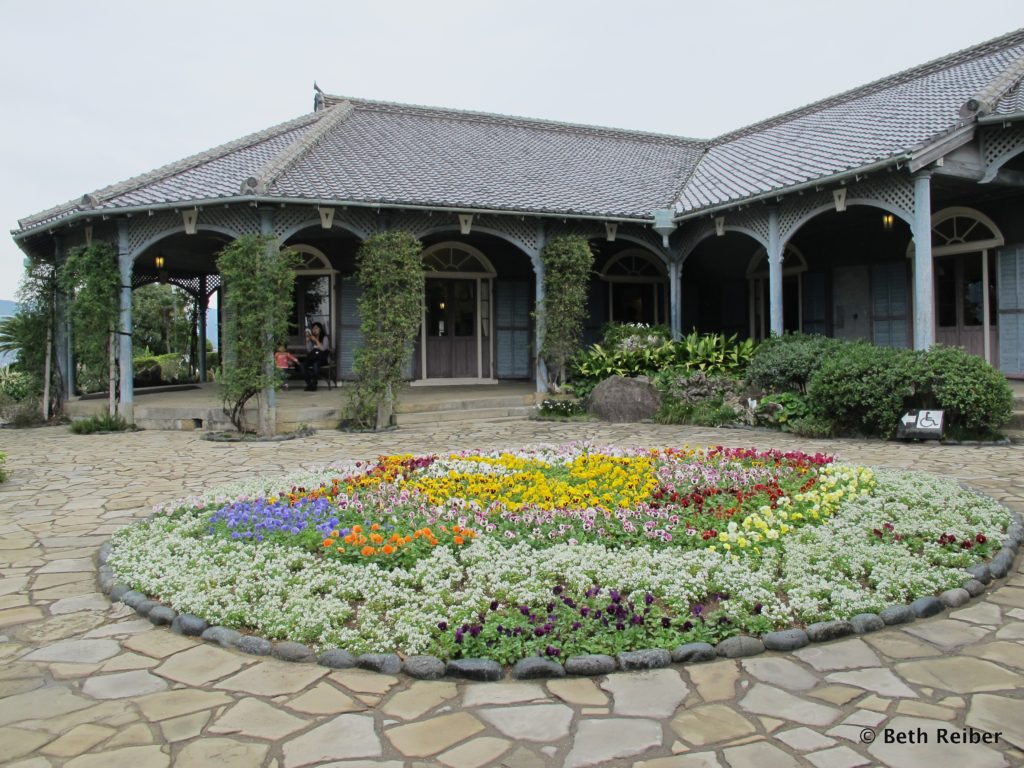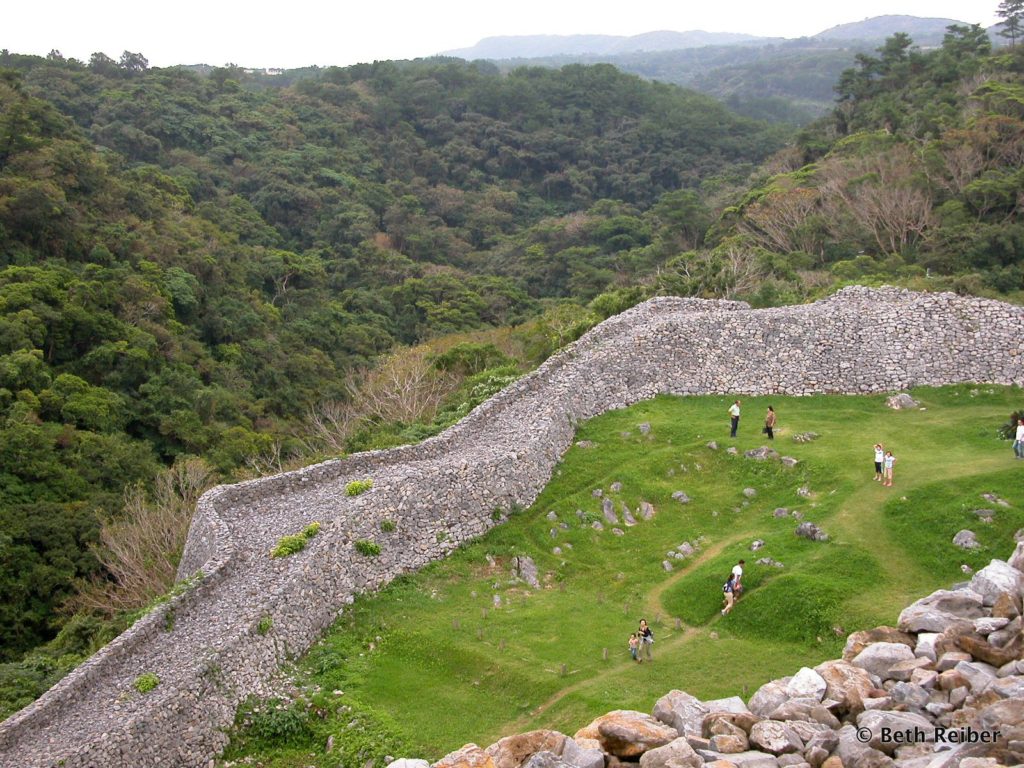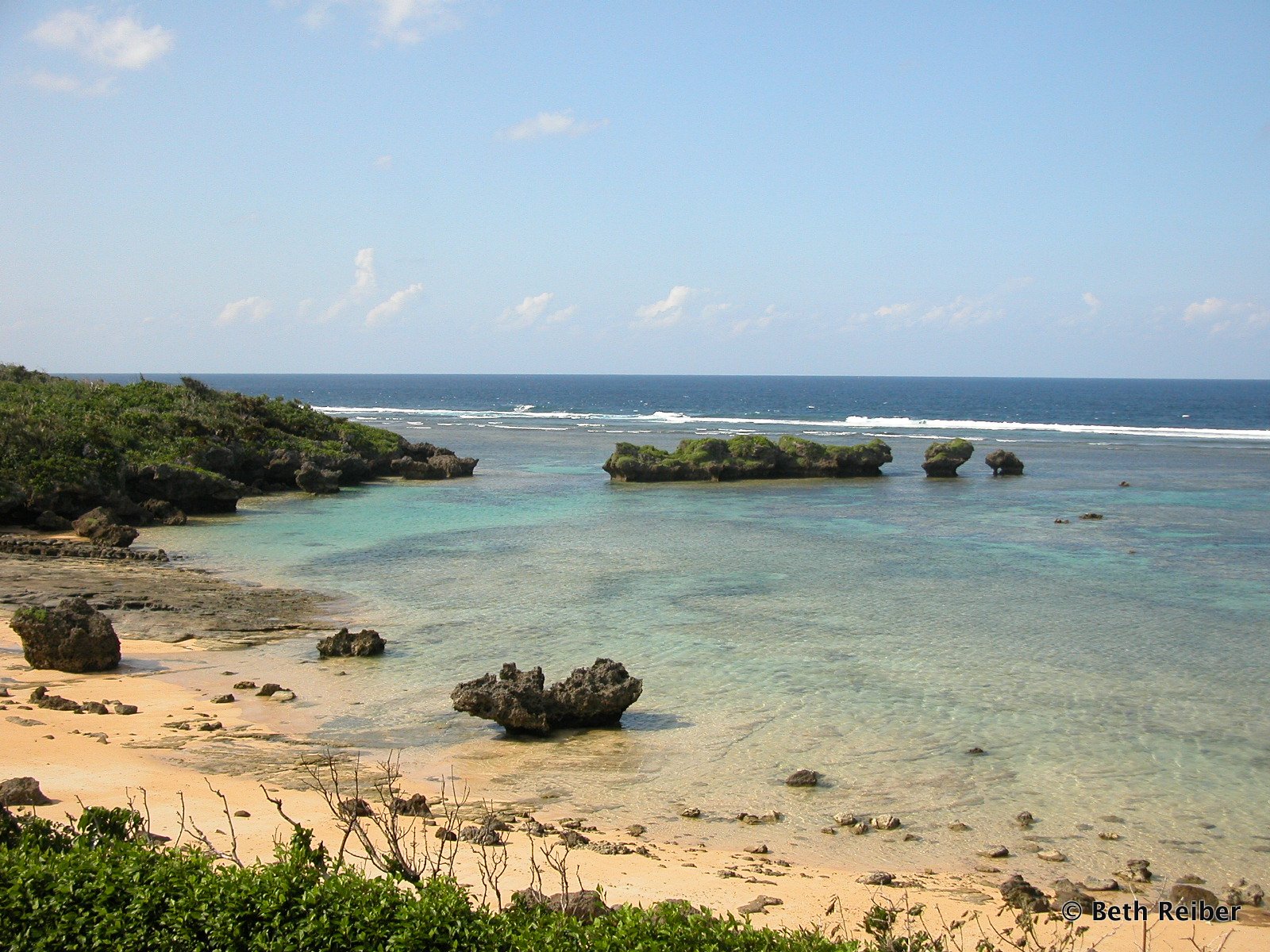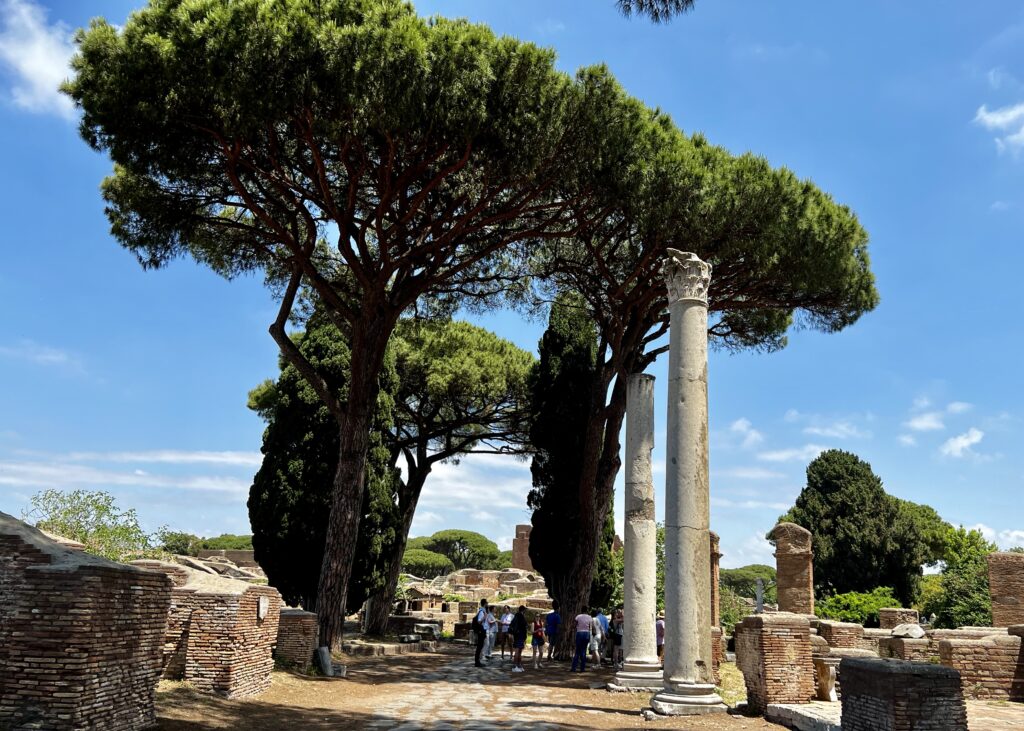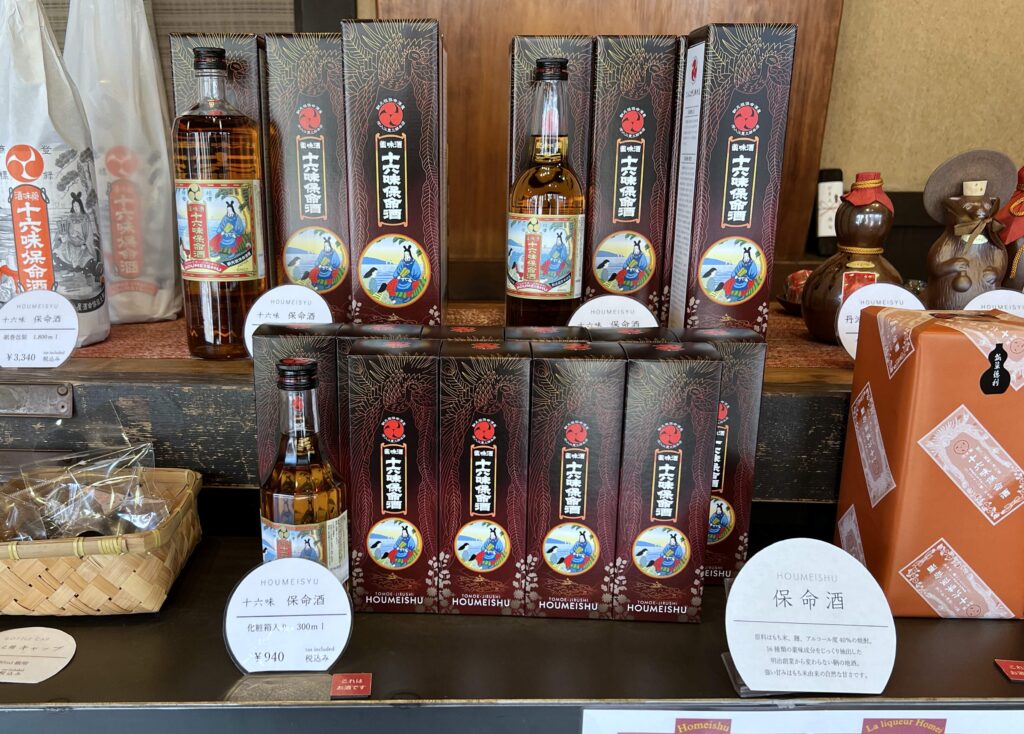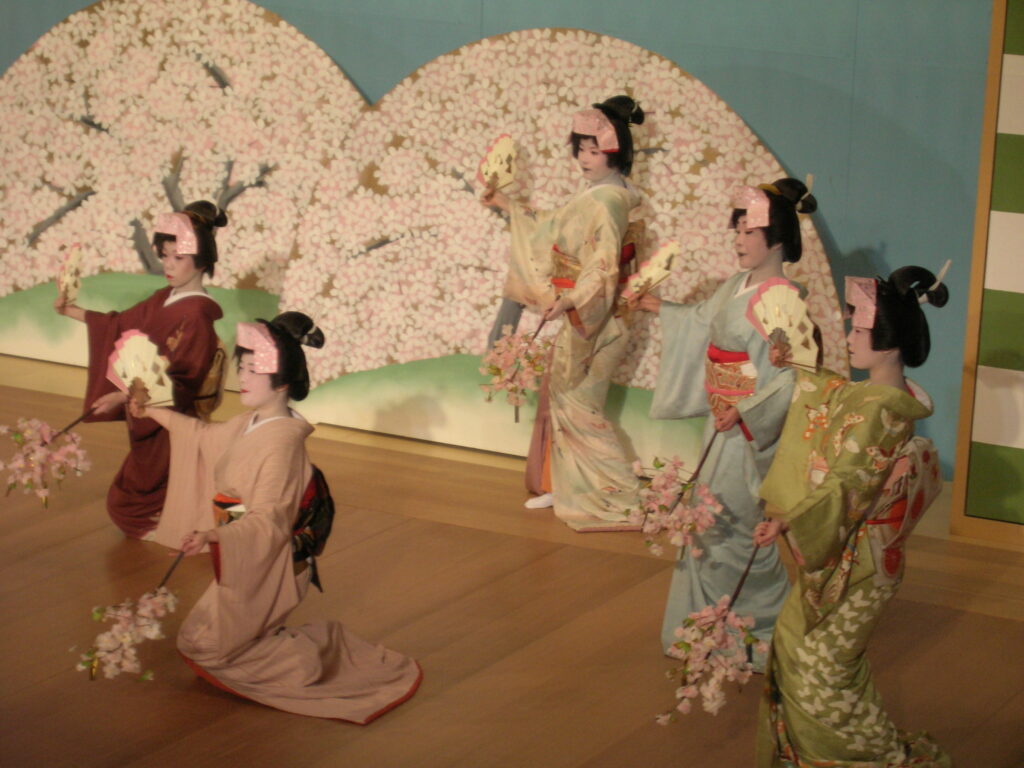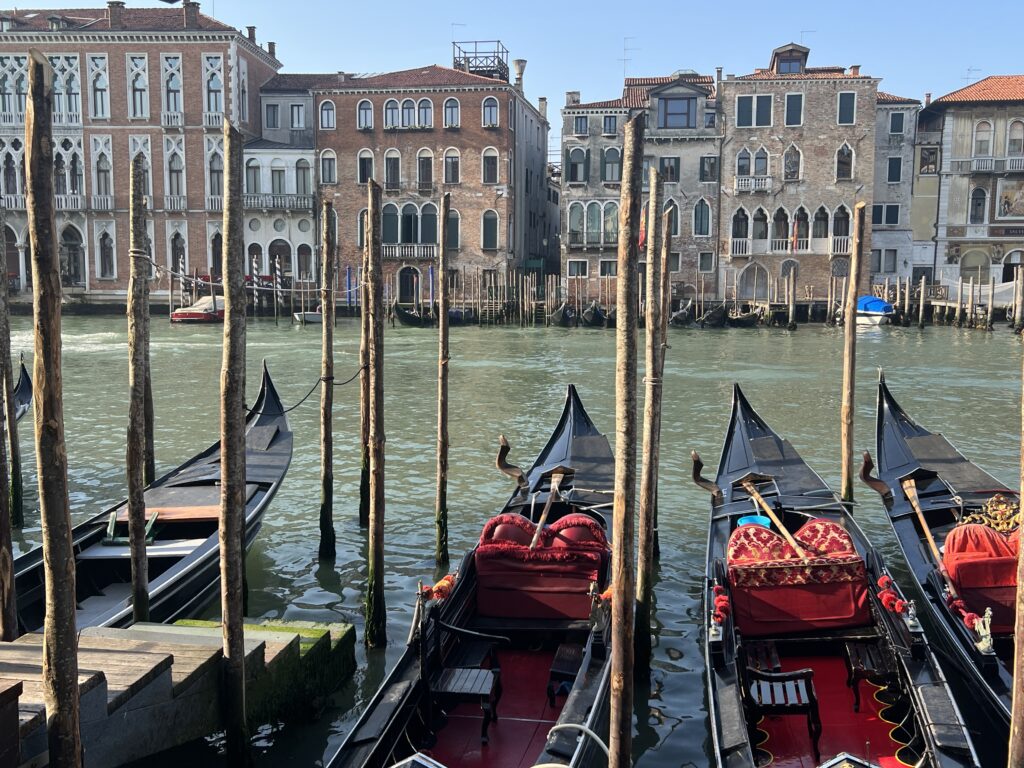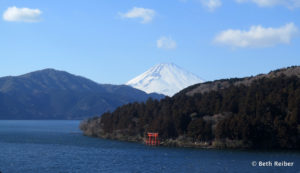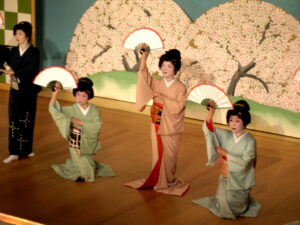I haven’t been to all of Japan’s 21 UNESCO World Heritage sites, but they’re on my list. Kyoto, of course, is king, with an astounding 17 locations that make up the Historic Monuments of Ancient Kyoto World Heritage Site. But Japan’s top World Heritage sites are varied and vast, with a list that includes villages, islands, ancient shrines and temples, mountains, a castle, a silver mine and even a bombed-out shell of a building that serves as a somber reminder of Hiroshima’s 1945 atomic blast. What follows are my reviews of Japan’s top World Heritage sites, based on my 30-some years traveling around Japan as author of various Frommer’s guides, including Frommer’s Japan. Whereas some sites are worth seeing if you’re in the vicinity (such as Tokyo’s Museum of Western Art, designed by Le Corbusier and added to the list in 2016), most are worth going out of your way for. And some are so spectacular they’re worth the trip to Japan just to see them.
Kyoto & Nara comprise Japan’s top World Heritage Sites
Why they’re important: As former capitals and witnesses to the blossoming of architecture, art and religion in Japan, Kyoto and Nara contain more treasures in a concentrated area than anywhere else in the country.
What I think: Of Japan’s top World Heritage Sites, those in Kyoto and Nara are at the top of the list. If you see nothing else, see as many as you can of these.
Kyoto city and the surrounding Kyoto Prefecture account for Japan’s most famous
must-sees, and with good reason. As capital and home of the Imperial court for 1,000 years, it has an unparalleled legacy of outstanding architecture and superb craftsmanship, with Kiyomizu Temple, Nijo Castle, Ryoanji and Kinkakuji among the standouts.
You should also spend a day in nearby Nara, which served as the nation’s capital in
the 8th century and predates even Kyoto. Its world wonders include Todaiji with its Great Buddha housed in the largest wooden structure on earth, Kofukuji with its pagodas, and Kasuga Taisha shrine with 3,000 stone and bronze lanterns. They’re all within the confines of Nara Park, where deer–considered messengers of the gods–roam free. In the vicinity is also Horyuji, with some buildings that date back to the end of the 7th century and are thought to be the oldest wooden structures in the world. Horyuji is considered so integral to Japanese history, it became one of the country’s first World Heritage Sites, in 1993.
Mount Fuji
Why it’s important: Japan’s tallest and most famous mountain, Mt. Fuji has been worshiped since ancient times and is the prime example of Japan’s indigenous Shinto religion’s reverence of nature.
What I think: There’s nothing like seeing Mt. Fuji for the first time. At more than 12,000 feet tall, it dwarfs everything around it, rising toward the sky in an almost perfectly shaped symmetrical cone. Almost all Japanese want to climb to its summit at least one in their lives, so it was with people of all ages that I hiked to the top years ago. While I enjoyed the experience, I agree with the old Japanese saying that only a fool would climb it twice. You can’t see much on the climb because clouds often envelope the slopes. I spent the night in a primitive hut, but others have a go of it hiking through the night with flashlights in order to reach the summit before sunrise. It’s worth noting that Fuji-san didn’t become a World Heritage Site until 2013, after much consternation over whether people are loving it to death. In any case, I’m content now to enjoy it from afar, with Hakone providing most of the best views. You might also be lucky and catch sightings on clear days from the Shinkansen bullet train about an hour out of Tokyo, on the right side before it reaches Shin-Fuji Station. I’ve also seen it from the air on a domestic flight to Tokyo.
Shrines and Temples of Nikko
Why it’s important: Some 100 buildings and structures make up this World
Heritage Site, all shrouded in an impressive cypress forest in Nikko National Park. But its claim to fame is Toshogu Shrine, where Japan’s mightiest shogun was laid to rest in the 17th century in one of the most opulent shrines in the land.
What I think: Nikko is about two hours by train from Tokyo but it’s worth the effort. You can go for a day’s outing if you start early, but even better is to spend the night in the rambling and historic Nikko Kanaya Hotel.
What else to see: Nikko Tamozawa Imperial Villa, built in 1899 and with 37 of its 106 rooms open to the public.
Himeji Castle
Why it’s important: Quite simply, this is the most beautiful and extensive feudal castle in Japan.
What I think: Worth seeing, especially because it’s easily accessible on the Shinkansen bullet train that travels between Kyoto and Hiroshima. Furthermore, of the dozens of castles—both originals and remakes—that dot Japan, none is more famous—or more beautiful from afar—than Himeji Castle. Nicknamed White Heron Castle because its white walls supposedly resemble a white heron poised in flight over the plain, it is most striking under a blue sky, especially when the surrounding 1,000 cherry trees are in bloom.Originating as a fort in the 14th century and acquiring its present form in the early 1600s, it boasts one of the most sophisticated defense systems in feudal Japan. These include three moats, a maze of confusing passageways leading to dead ends (meant to trap unsuspecting intruders), a secret entrance and drop chutes to rain stones upon enemies. A recent renovation now lets the castle shine in all its glory.
What else to see: Koko-en, a garden laid out only in 1992 but one of my favorites, with nine separate small gardens in a different style, from tea-ceremony gardens to a flower garden popular when feudal lords ruled at Himeji Castle. If you’re a gardener, seeing what can be wrought under skillful hands in just 20-some years will make you weep.
Shirakawa-go
Why it’s important: Remote Shirakawa-go boasts Japan’s greatest concentration of thatched-roof farmhouses, in a village beside a roaring river hemmed in by mountains. It’s a prime example of how mountain folk used to live and adapt to their surroundings, especially during winter when heavy snow isolated it for months from the world.
What I think: Over the past 30-some years, I’ve witnessed Shirakawa-go’s transformation from a sleepy hamlet I had virtually to myself to one of the most beloved stops on the tourist circuit. Nestled in the Hida mountain range in central Honshu, Shirakawa-go stretches along a river valley averaging less than 2 miles in width, yet it boasts some 114 thatched farmhouses, barns, and sheds, many of them 200 to 300 years old. To withstand heavy snow, thatched roofs were constructed at steep angles and used ropes rather than nails to hold together massive timber and beams, allowing greater flexibility during storms and earthquakes. Because land for growing rice was valuable and scarce, houses were built to accommodate extended families of up to 30 people. The family lived on the ground floor, where life centered on an open-hearth fireplace as a gathering place for meals, doing handwork, socializing and staying warm during the long winter months. The top floor was for silkworm cultivation. Because there were no chimneys, smoke simply rose up through the house, helping to preserve the thatched roof and ridding the home of insects. Several homes are open to the public, and many more restored in the Gassho Zukuri Minka-en, an open-air architectural museum with 25 thatched houses and sheds. My only complaint are the busloads of tourists that now swarm around the village. Thankfully, most visitors are day-trippers, so I heartily recommend spending the night in one of the thatched-roof farmhouses now open for accommodations. Note, too, that only buses provide access, mostly from either Kanazawa or Takayama (which are also great destinations). Come here only if you’re in Japan for more than a week.
Hiroshima Peace Memorial and Itsukushima Shrine
Why they’re important: The Hiroshima Peace Memorial, often called the Atomic
Bomb Dome, was pretty much the only thing left standing near the epicenter of the 1945 bomb that killed more than 70,000 instantly and some 200,000 more from its aftereffects. Nearby, in Peace Park, are memorials, monuments and a must-see museum that outlines events before, during and after the dropping of the bomb.
A short train or tram ride away from Hiroshima is Miyajima, held sacred since ancient times and ranked as one of the three most scenic islands in Japan. It’s home to Itsukushima Shrine, dating back to the 12th century and depicting architectural finesse as it harmoniously complements the sea and mountain scenery.
What I think: Go! Hiroshima is on the main Shinkansen line and is a thought-provoking experience. Over the years, it has become one of Japan’s top destinations. Miyajima, where deer roam free, is a delightful excursion, but again, spend the night to experience it without the hordes and to see Itsukushima lit at night.
What else to see: Miyajima’s Mt. Misen, which you can reach via ropeway or your own two feet and offers great views over the Seto Inland Sea.
Hiraizumi — Temples, Gardens and Archaeological Sites Representing the Buddhist Pure Land
Why it’s important: Most of Japan’s history–skirmishes and wars between feudal lords, legends surrounding ancestors of the Imperial Family, even the location of its capitals–played out on the southwestern end of the main island of Honshu, so it’s not surprising that most of its historic sights and World Heritage sites are also found there. Hiraizumi is a brilliant exception, created as a 12-century Buddhist paradise on earth and with gardens representing the Pure Land. Although the utopia lasted only 100 years, its influence on Japanese culture and history cannot be overstated.
What I think: Hiraizumi received World Heritage status in 2011, just months after an earthquake and tsunami destroyed much of Iwate Prefecture and coastal Tohoku. Hiraizumi was spared, but little remains of the 12-century paradise other than its Golden Hall, some other buildings and gardens. Rather, Hiraizumi is a state of mind and the town of Hiraizumi is unassuming and has–so far–escaped the perils of stardom. See more in my article I wrote for BBC.com/travel.
What else to see: The Hiraizumi Cultural Heritage Center, with displays and explanations that will help you understand the enormous significance of Hirazumi’s past.
Sacred Sites and Pilgrimage Route in the Kii Mountain Range
Why it’s important: Located in the densely forested Kii Mountains of central Honshu, this World Heritage Site unites three ancient places of worship—Kumano Sanzen (Three Grand Shrines of Kumano), Koyasan (Mount Koya) and Yoshino/Omine—plus 190 miles of interconnecting pilgrimage routes known collectively as the Kumano Kodo trail. Together they celebrate 1,200 years of Shintoism, Japan’s indigenous religion of nature worship, and Buddhism, introduced from China and Korea, plus a unique fusion of the two.
What I think: In addition to visiting Buddhist temples and Shinto shrines, the real
jewel for modern-day pilgrims is to hike the Kumano Kodo. But you can also marvel at the profusion of Yoshino’s spring cherry blossoms, relax in hot-spring baths at Katsuura or Hongu and take in the 436-foot Nachi Waterfall, Japan’s longest fall and considered auspicious for a long life. But my favorite destination is Koyasan, founded in 816 as a place of meditation and religious learning and home to more than 100 Shingon Buddhist temples. Koyasan’s cemetery is the most awe-inspiring in Japan, where 200,000 tombs and monuments from throughout the centuries lie in the shade of massive cypress trees. In addition, many of temples offer accommodations, giving travelers the opportunity to sleep in traditional surroundings, dine on vegetarian cuisine and take part in early-morning Buddhist rituals and chants. Koyasan is one of my favorite places in Japan.
Iwami Ginzan Silver Mine and its Cultural Landscape
Why it’s important: Iwami Ginzan, located in Shimane Prefecture on the northwestern end of the main island of Honshu, was once Japan’s top-producing silver mine. Operating an astounding 400 years, from 1526 to 1923, it once supplied up to one third of the world’s silver and was a pioneer in the development of mining techniques and management.
What I think: This place is cool even if you don’t think you care a nickel about silver
mines. That’s because while silver made the shogun rich, it was backbreaking work for the miners, who dug some 600 tunnels here by hand. This World Heritage Site offers a fascinating look at one of Japan’s most successful feudal-era enterprises, with archaeological remains, mining settlements and ports for shipping ore. Most points of interest are in Omori, which once served as the mine’s administrative center and is now a well-preserved village of former samurai and merchant homes. From Omori it’s a 1.4-mile walk or ride by rental bike to Ryugenji Mabu Mine Shaft, where chisel marks made by miners add a human dimension to the story. Omori, however, is not easily accessible, so only those with an interest and the time should stop by here.
What else to see: Shimane Prefecture’s other major attractions include Izumo Taisha Grand Shrine, renowned as the place all Shinto deities gather in autumn to decide the world’s fate for the next year, and the Adachi Museum, which combines one of the country’s best collections of Japanese art with stunning vistas of a picture-perfect landscaped garden.
Sites of Japan’s Meiji Industrial Revolution: Iron and Steel, Shipbuilding and Coal Mining
Why they’re important: The 23 sites or objects that make up this World Heritage Site are in eight different prefectures, from Iwate in Tohoku to the southern Kyushu. Together they tell the story of Japan’s astonishing rise from an 1850s feudal agrarian society to an industrialized nation by the early 20th century, aided by Western technology and expertise.
What I think: Because the shipyards, iron works, naval docks, coal mines, steel works and other industries are spread throughout Japan, rare would be the traveler who has seen them all. Most, however, are concentrated in Kyushu, which long served as the springboard for foreign cultures and ideas into Japan. I’d choose Nagasaki, which has the more of these industries than any other town. Twelve miles off Nagasaki’s coast, for example, is Hashima Island, once home to a bustling coal-mining town of more than 5,000 inhabitants. It was founded after coal was discovered around its seabed in 1810 and abandoned in 1974 after the mine closed. And then it sat, neglected for so long that the island is nicknamed Battleship Island due to its decrepit apartment buildings, schools, hospital and other structures that loom over the water like a ghostly warship. Visitors can view the abandoned island from the safety of new observation decks via guided boat tours. A port town with a long history of foreign trade, Nagasaki is home also to the Glover House, the oldest surviving wooden Western-style house in Japan, as well places associated with Mitsubishi’s shipyards.
What else to see: I consider Nagasaki one of Japan’s most attractive and cosmopolitan cities, famous for its many churches, Chinatown, the restored Dejima Island where Dutch traders once lived, and a unique cuisine that combines Chinese, European and Japanese influences. Like Hiroshima, Nagasaki also has its own Peace Park and Atomic Bomb Museum. For a surreal experience, take a day trip to Huis Ten Bosch, a recreated Dutch village that’s more perfectly pristine than Holland itself.
Yakushima island
Why it’s important: Lying 37 miles off Kyushu’s southernmost tip of Kagoshima Prefecture, Yakushima offers an astoundingly rich biodiverse landscape, from its subtropical coast and primeval temperate rainforests to moors and bamboo grasslands near its 6,500-foot mountain peaks.
What I think: I don’t know. Of the handful of Japan’s top World Heritage sites I haven’t been to, this is the one I’d like to see most. It’s famous for its ancient, moss-covered Yakusugi, Japanese cedars more than 1,000 years old, with hiking trails of various lengths leading through the forests. The most popular route is an 8-hour trek leading to the island’s cedar celebrity, Jomon-sugi, with a 16-foot diameter and estimated to be as much as 7,200 years old. That absolutely blows my mind.
What else to see: Yakushima is just a short flight or few-hours’ boat ride from Kagoshima City, sometimes called the “Naples of the Orient” due to its balmy weather and active volcano called Sakurajima across Kinko Bay. Some of my favorite must-sees here include the Museum of the Meiji Restoration, which explains Japan’s transition from a feudal society ruled by a shogun into a nation with an Emperor who embraced Western influences, and Sengan-en, which contains a countryside villa, a beautiful garden and Shuseikan, Japan’s first industrial factory that’s also part of the Sites of Japan’s Meiji Industrial Revolution. If you’ve come this far, you might also want to make an excursion to Chiran with its samurai homes and gardens and the thought-provoking Peace Museum for Kamikaze Pilots, dedicated to those who died in World War II suicide missions.
Gusuku Sites and Related Properties of Kingdom of Ryukyu
Why it’s important: From the 12th to the 17th centuries, Okinawa was its own kingdom, complete with castles and its own languages, customs and cuisine. Today, the Ryukyu Kingdom’s 500-year dynasty is celebrated by nine properties that constitute this unique World Heritage Site, including Shuri Castle where royalty lived and foreign dignitaries were received and entertained.
What I think: The Ryukyu Kingdom’s relics are just icing on the cake. Okinawa, which developed its own culture and cuisine, is the perfect tropical getaway, with Japan’s best sandy beaches, coral reefs teeming with marine life and crystal-clear waters that make it a snorkeling and diving mecca year round. Need I say more?
What else to see: Okinawa Island, 1,000 miles from Tokyo and the largest of the island chain that composes Okinawa Prefecture, is home to the prefectural capital of Naha, colorful markets selling local crafts and museums that relate Okinawa’s long and storied past (the Former Japanese Navy Underground Headquarters, Himeyuri Peace Museum and Okinawa Prefectural Peace Memorial Museum tell a chilling story of the horrific Battle of Okinawa). From Okinawa Island, it’s easy to take a ferry or fly onward to other tropical isles, such as relatively undiscovered Kume Island, Iriomote with its subtropical primeval forests, and Taketomi with its preserved Ryukyuan traditional village and buffalo-drawn carts. With its laid-back atmosphere and local cuisine credited for making Okinawans among the longest-living people on earth, Okinawa is the perfect place to rejuvenate and relax in a unique tropical paradise.
In addition to Japan’s top World Heritage Sites, see some of my other posts for more ideas on what to see in Japan, including Mt. Koya, part of the Sacred Sites and Pilgrimage Routes in the Kii Mountain Range World Heritage Site; Places to Visit between Tokyo and Kyoto; Places to Visit between Kyoto and Hiroshima; The Shimanami Kaido: Japan’s Most Glorious Ride; and Nakasendo: Path of Japan’s Feudal Lords

